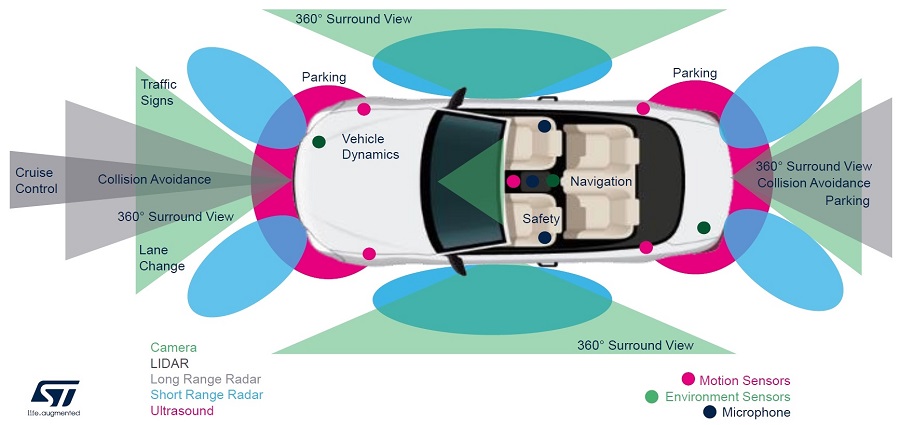Sure, here are 10 keys to comparing and buying automotive sensors:
Identify the type of sensor you need. There are many different types of automotive sensors, each with a specific purpose. Some of the most common types include:
- Temperature sensors: These sensors measure the temperature of various components in the engine, such as the coolant, oil, and air intake.
- Pressure sensors: These sensors measure the pressure of various fluids and gases in the engine, such as the oil pressure, fuel pressure, and air pressure.
- Position sensors: These sensors measure the position of various components in the engine, such as the crankshaft, camshaft, and throttle valve.
- Speed sensors: These sensors measure the speed of the vehicle, such as the wheel speed sensors and the speedometer sensor.
- Oxygen sensors: These sensors measure the oxygen content in the exhaust gas, which is used to control the air-fuel mixture.
Determine the application of the sensor. Once you know the type of sensor you need, you need to determine the application of the sensor. For example, if you need a temperature sensor, you need to determine whether you need a sensor for the coolant, oil, or air intake.
Consider the environment in which the sensor will be used. The environment in which the sensor will be used will affect the type of sensor you need. For example, if the sensor will be used in an engine that is exposed to extreme temperatures, you will need a sensor that is designed for high temperatures.
Check the compatibility of the sensor with your vehicle. Not all sensors are compatible with all vehicles. Make sure to check the compatibility of the sensor with your vehicle before you buy it.
Consider the cost of the sensor. Automotive sensors can range in price from a few dollars to a few hundred dollars. You need to decide how much you are willing to spend on a sensor before you start shopping.
Read reviews of the sensor. Once you have found a few sensors that you are interested in, read reviews of the sensors to see what other people have said about them. This will help you to decide which sensor is the best choice for you.
Buy the sensor from a reputable retailer. When you buy an automotive sensor, it is important to buy it from a reputable retailer. This will help to ensure that you are getting a quality sensor that will last.
Install the sensor properly. Once you have bought the sensor, you need to install it properly. If the sensor is not installed properly, it may not work correctly.
Test the sensor after installation. After you have installed the sensor, you need to test it to make sure that it is working correctly. This will help to ensure that the sensor is not causing any problems with your vehicle.
Maintain the sensor. Most automotive sensors require some maintenance. This may involve cleaning the sensor or replacing the sensor’s filters.
By following these 10 keys, you can be sure to choose the right automotive sensor for your needs.
Here are some additional tips for comparing and buying automotive sensors:
- Consider the features of the sensor. Some sensors have additional features, such as a built-in diagnostic tool or a temperature compensation feature. These features can be helpful, but they may also increase the cost of the sensor.
- Look for a sensor with a long warranty. A long warranty will give you peace of mind knowing that you are covered if the sensor fails.
- Buy from a retailer that offers a return policy. This will give you the option to return the sensor if you are not satisfied with it.
By following these tips, you can be sure to find the right automotive sensor for your needs and budget.





